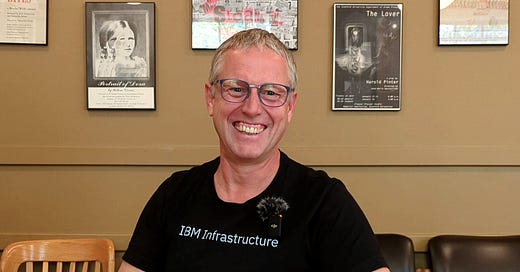Any article about IBM’s big mainframe hardware waxes lyrical about the ‘good-old days’ of multi-generational backwards compatible processing that props up almost every key industry world-wide due to features such as 9x9 (99.999999%) uptime, security, and hardware focused on database and transaction processing. Rather than re-write a walk down memory lan…
© 2025 Dr. Ian Cutress
Substack is the home for great culture



